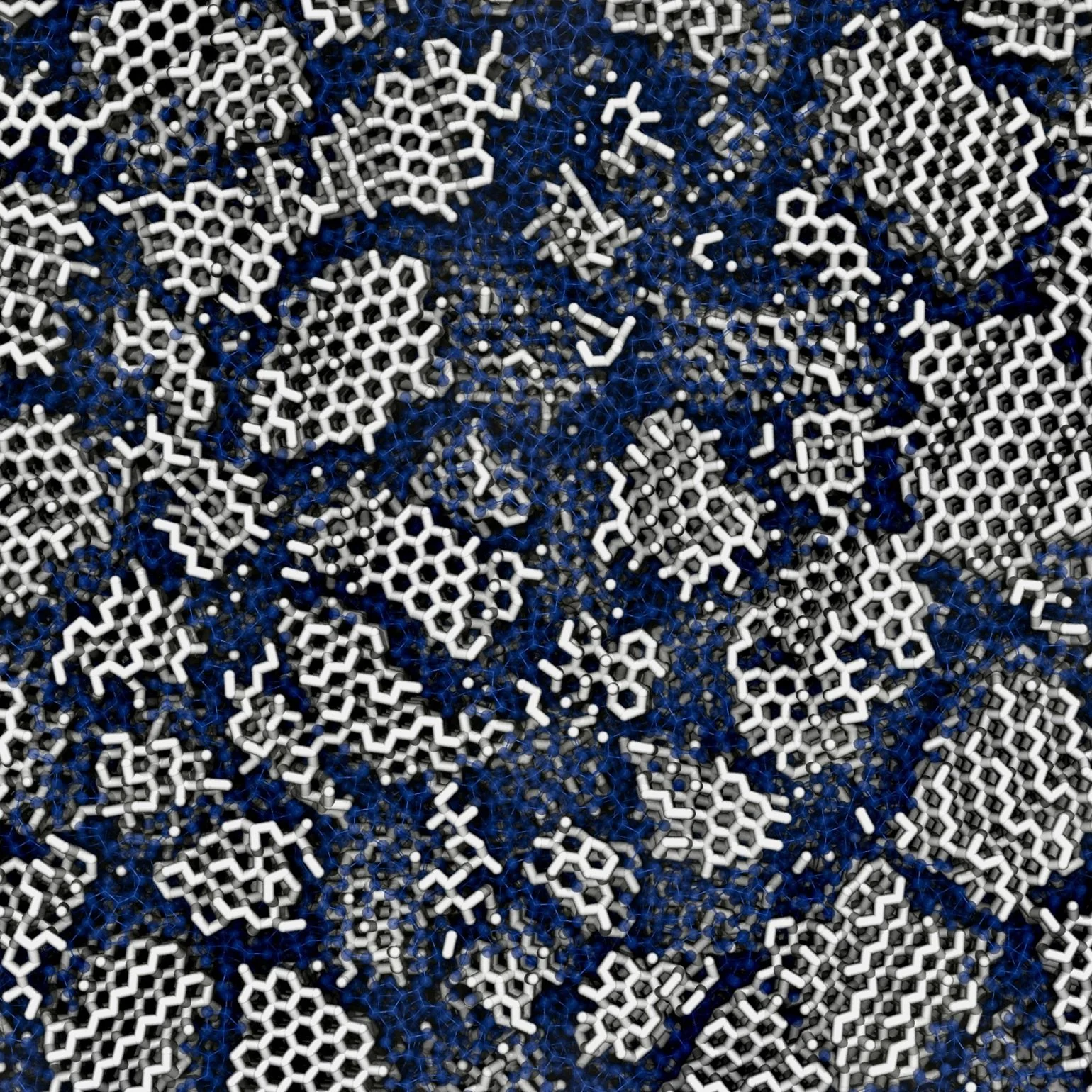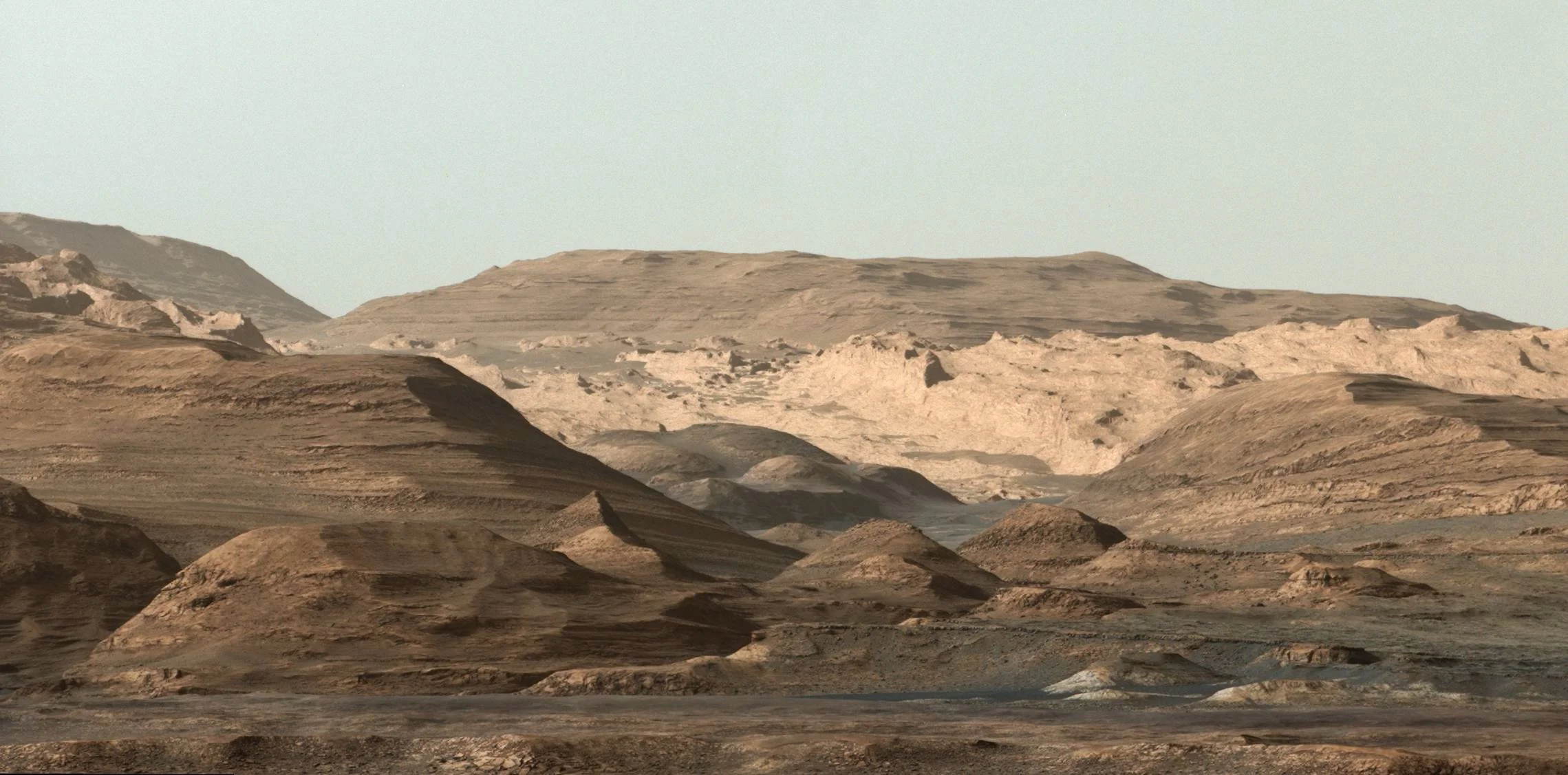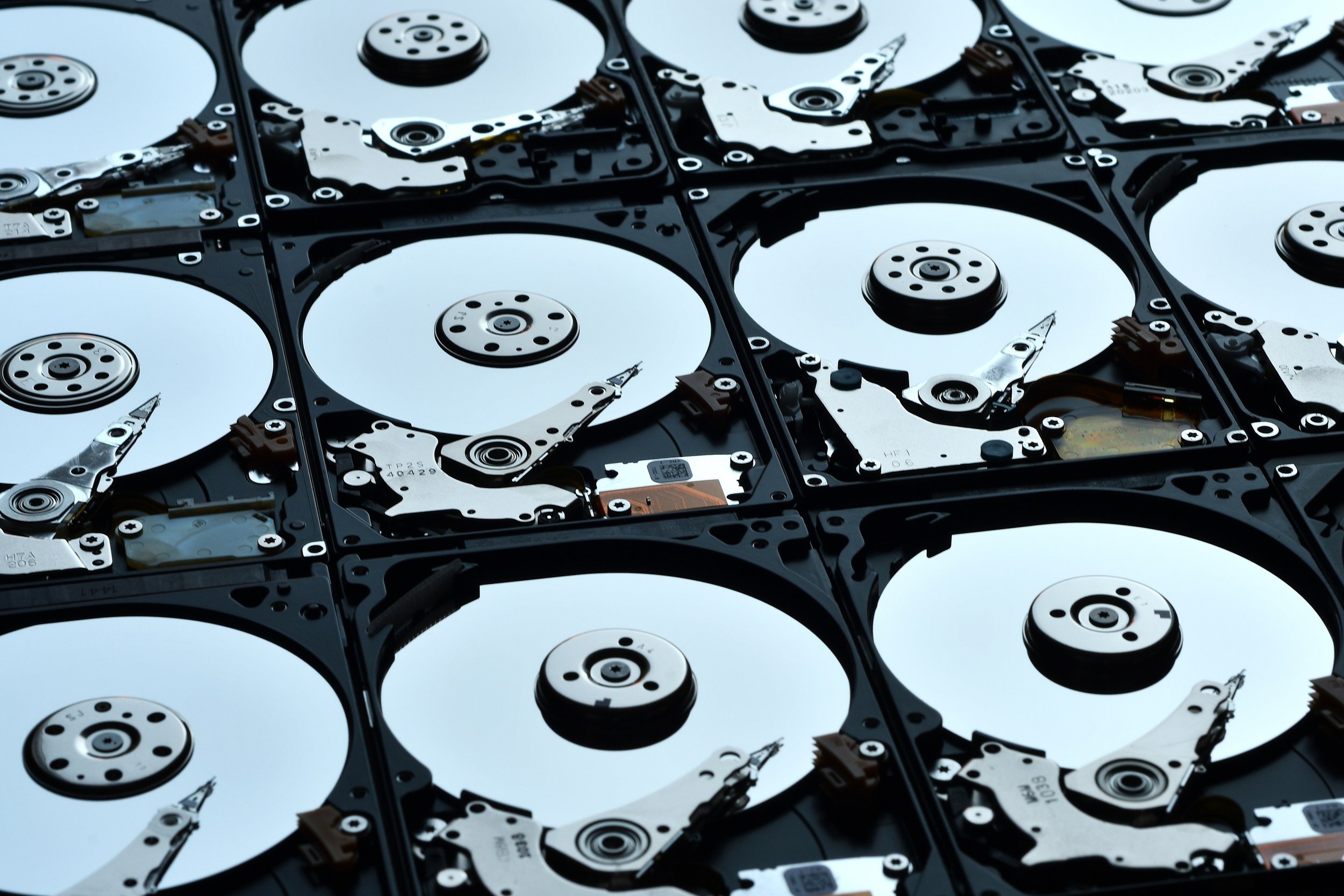According to Elon Musk, to ensure the continued survival of the human race, we must become an interplanetary species. With Musk's company, SpaceX, promising boots on Mars by the end of this decade and NASA following in the 2030s, new bioengineering solutions need to be developed to enable a Mars colony to be self-sufficient.
By Jason Matthews
Image Credit: Dotted Yeti via Shutterstock / HDR tune by Universal-Sci
Life Support
Space missions up until now have relied on traditional technology for many tasks that are essential to keep astronauts alive. Jobs like air filtration, CO2 scrubbing, and water purification have been carried out using filters and catalyzers, which need to be replaced periodically. These systems are not practical for early Martian colonies because their consumable parts would need to be shipped from the Earth, as there will be no capability to manufacture them on site. Shipping supplies to Mars will be both expensive and time-consuming, with the added risk of something going wrong during transit. Engineers designing a Martian habitat need to ensure that all life support systems are self-sustaining and only require input from local resources. This is vital in case a supply mission should fail, leaving Martian colonists without the essentials for life.
Biotech
Scientists at the Centre of Applied Space Technology and Microgravity (ZARM) of the University of Bremen, Germany, think they have the solution to this engineering challenge.
Microbes have an amazing ability to perform a multitude of tasks and to survive in extreme conditions. The scientists at ZARM have developed a proof-of-concept bioreactor that will allow microbes to thrive at low atmospheric pressures, using only Martian regolith [the dust that covers most of the planet's surface] for nutrients and water mined from the Martian surface.
The idea of using microbes for life support to produce food and other consumables is not new. The main problem to overcome was pressure. The atmospheric pressure on Mars is less than 1% of Earth's, between 6 and 11 hPa. This is too low for liquid water to exist on the surface, so is not compatible with microbial life.
To metabolize local resources such as the Martian regolith, CO2, and nitrogen from the atmosphere and to keep mined water in a liquid state, any microbiome would need to be contained in a pressure vessel. This equipment would need to be strong enough to withstand the massive pressure differences on the surface and so be large and heavy. Weight [or mass] is at a premium when it comes to launching rockets into space.
The scientists needed to find microbes that would be useful and could survive and flourish at extremely low pressures close to that found on Mars. That way, the pressure vessel would not need to be so robust.
Artist impression of a mars colony - Image Credit: Dotted Yeti vai Shutterstock
Cyanobacteria
Through their research, the scientists found the best candidate would be a strain of nitrogen-fixing Cyanobacteria called Anabaena sp PCC 7938. This microbe is particularly good at metabolizing elements that are ubiquitous on Mars. At 100 hPa [a tenth of Earth's pressure at sea level], the Cyanobacteria were able to thrive with simulated Martian atmosphere, regolith, and water, almost as well as they would in their natural environment. Should the support system suffer a failure, Anabaena can also go dormant and survive long enough for the system to be repaired.
ATMOS Bioreactor
To test the microbes, they have developed ATMOS [Atmosphere Tester for Mars-bound Organic Systems]. ATMOS has 9 sterile, steel and glass, 1-liter vessels. They are digitally monitored and controlled for temperature and at a constant pressure of 100 hPa, matching the composition of Mars' atmosphere. Dried Anabaena is mixed with simulated Martian soil developed by the University of Central Florida, sterilized water is added, and the solution is stirred constantly. Photosynthesis is supported with lighting from all sides. The results show that Cyanobacteria is suitable for use in producing oxygen for Martian colonists. They can also be used as a food source for other useful microbes that can produce substances for medicines and even nutrient-rich food for the colonists.
A: Bioreactor Atmos ("Atmosphere Tester for Mars-bound Organic Systems"). B: A single vessel within Atmos. C: Design schematic - Image Credit: C. Verseus / ZARM
Lead author Dr Cyprien Verseux, an astrobiologist who heads the Laboratory of Applied Space Microbiology at ZARM explains, "Here we show that cyanobacteria can use gases available in the Martian atmosphere, at low total pressure, as their source of carbon and nitrogen. Under these conditions, cyanobacteria kept their ability to grow in water containing only Mars-like dust and could still be used for feeding other microbes. This could help make long-term missions to Mars sustainable,"
"Our bioreactor, Atmos, is not the cultivation system we would use on Mars: it is meant to test, on Earth, the conditions we would provide there. But our results will help guide the design of a Martian cultivation system. For example, the lower pressure means that we can develop a more lightweight structure that is more easily freighted, as it won't have to withstand great differences between inside and outside." concludes Verseux.
If you are interested in more details about biotech on Mars, you can read the publication in Frontiers in Microbiology listed below.
Further reading:
If you enjoy our selection of content, consider subscribing to our newsletter (Universal-Sci Weekly)
FEATURED ARTICLES:











